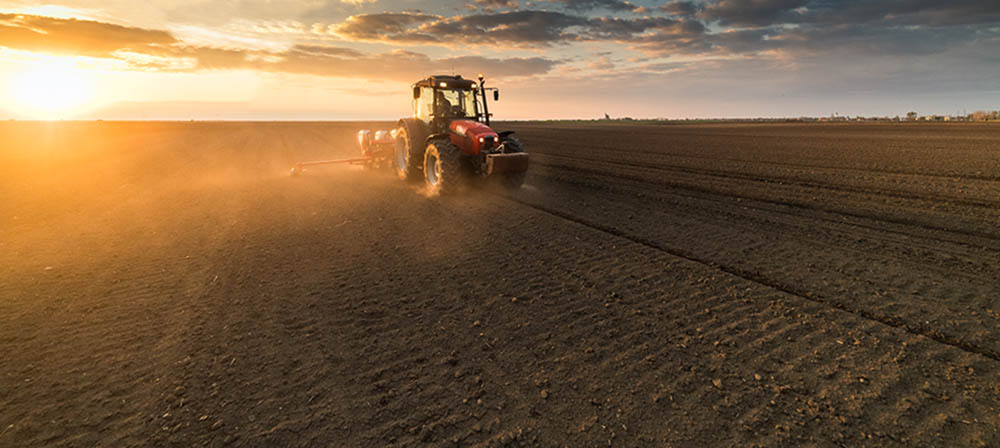
By Harry Brook
Spring is rapidly approaching and that means seeding season. A large part of seeding costs is fertilizer. The most important nutrient for plant growth (after water) is nitrogen. How much is enough and how effective is your fertilizer application? To understand how this works we need to look at the nitrogen cycle.
The nitrogen cycle is important as it identifies places and conditions where nitrogen can be lost to the plant and that affects efficiency and value from your fertilizer investment. All nitrogen enters the plant in either the nitrate or ammonia form, almost entirely through the roots. Nitrogen is the key nutrient for crop growth. It is needed in the greatest quantities and a crop response from nitrogen is almost guaranteed.
As nitrate is very soluble in water and moves with water, it can be subject to losses in the soil. In years with heavy, spring rains, nitrogen can leach out of the plant rooting zone and be lost to the crop. Symptoms of nitrogen deficiency are easy to identify as yellowing or light green colour on the crop leaves.
Under conditions where the soil is saturated there can be significant losses to fertilizer nitrogen through denitrification. When there is no oxygen, anaerobic bacteria break the nitrate down and release nitrogen gas. You also get denitrification when nitrogen fertilizer is surface applied and left on the soil surface. If there is no rain or moisture to take the nitrogen down into the root zone, warm temperatures will cause a volatilization where the nitrogen is converted to a gas and dissipates into the air. This occurs most rapidly when urea is used as the nitrogen source, but it can also occur with liquid fertilizers left on the surface.
Too much fertilizer in the seed row will harm the seeds due to high salt content, preventing the seedlings from obtaining water. That is why it is best to place the majority of nitrogen in a band in the soil, separated from the seed row. In a concentrated band, there is much less likelihood of major losses of nutrients due to weather conditions and it is accessible by the roots once the plant is established.
You should test your soils on a regular basis prior to ordering your fertilizer. Get soil tests from the 0 to 6” and 6 to 12” depths. You can test just before freeze-up in fall or early in the spring. This gives you a good idea of what is available in the soil for the spring. Usually, soil tests will give you an estimate of nitrogen that will be available from the soil organic matter over the summer. It is directly in relation to the soil organic matter you have. A rough rule of thumb is that you can expect about .6 lbs of nitrogen for every 0.1% organic matter in the soil. That means a 3% organic matter should provide about 18 pounds of nitrogen for the crop.
Nitrogen uptake by the developing crop occurs early in the plant’s growth. Most of the nitrogen is absorbed by the time of heading. That is why it is crucial to have sufficient nutrients available in the early stages of plant growth. Applying nitrogen after germination and emergence has limited value, especially after stem elongation. Up to the 6-leaf stage in cereals, nitrogen application can add to yield but after the 6-leaf stage you can only influence protein levels in the grain. Yield potential is set around the 6-leaf stage as the head is developing in the stem, prior to stem elongation. Foliar applications of nitrogen are a waste of time as the nitrogen can burn the leaves if levels are to high and it still needs to be washed down into the root zone to make a difference.
Nitrogen fertilizer is a big part of the fertilizer bill. Apply it at the proper time, place, rate and source to get the biggest bang for your buck. Below are some links to videos on nitrogen fertilizer.
Harry Brook is Flagstaff County’s Agricultural Fieldman. He can be reached via email at: hbrook@flagstaff.ab.ca or by phone at: 780-384-4138.